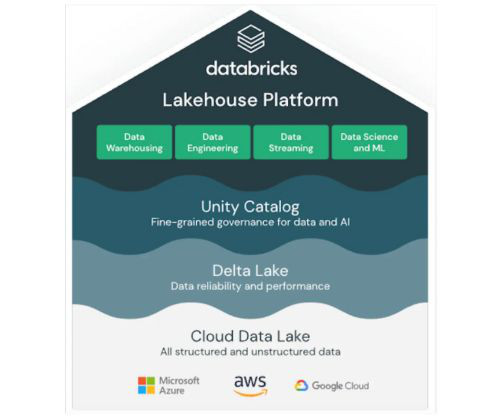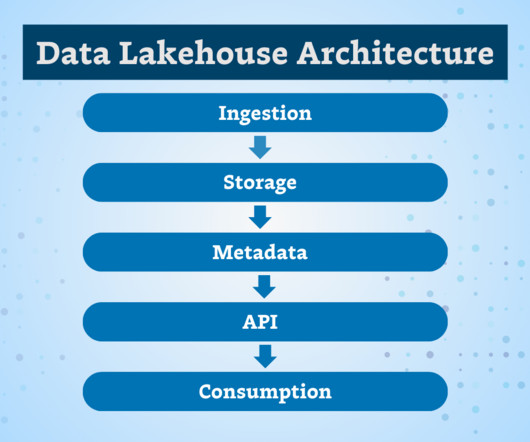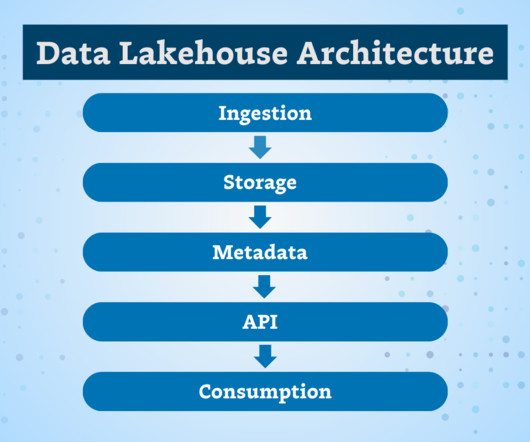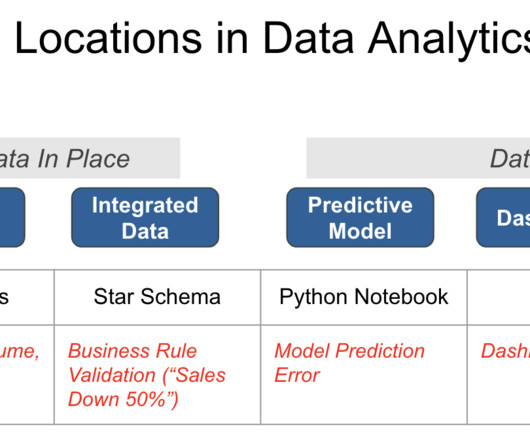Build vs Buy Data Pipeline Guide
Monte Carlo
APRIL 24, 2023
Data ingestion When we think about the flow of data in a pipeline, data ingestion is where the data first enters our platform. This data ingestion process can be accomplished by either querying the source directly, using upstream systems to publish events, or some combination of the two.














Let's personalize your content